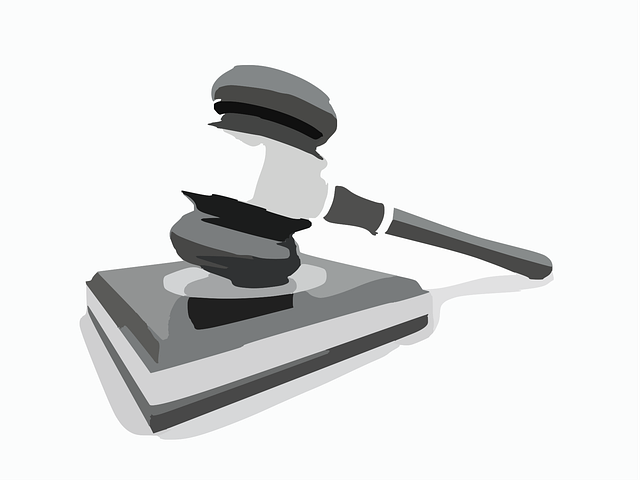Understanding and navigating legal penalties in white-collar crime cases is key to mitigating consequences for individuals and businesses. Effective defense strategies, including challenging evidence and highlighting mitigating factors, can lead to reduced sentences or acquittals. Businesses should implement robust compliance programs with tailored policies, regular employee training, and advanced technology monitoring to prevent and defend against criminal charges. Early engagement of legal experts and strategic planning significantly alter outcomes, as seen in environmental violation case dismissals.
In today’s stringent regulatory environment, mitigating penalties in white-collar crime cases is paramount for business survival. This article delves into the intricate world of regulatory compliance issues, offering a comprehensive guide on understanding and navigating white-collar crime penalties. We explore effective strategies for building robust compliance programs and present compelling case studies showcasing successful penalty mitigation tactics. By implementing these insights, organizations can enhance their defensive postions against legal repercussions.
- Understanding White-Collar Crime Penalties
- Strategies for Effective Compliance Programs
- Case Studies: Successful Penalty Mitigation
Understanding White-Collar Crime Penalties

Understanding White-Collar Crime Penalties is a critical step in Mitigating Penalties in White-Collar Crime Cases. These crimes, often involving financial misconduct or fraud, carry severe legal repercussions. Across the country, individuals and businesses face winning challenging defense verdicts due to the complexity of these cases. Prosecutors typically seek harsh penalties, including substantial fines and imprisonment, to send a strong message about preventing future economic crimes.
However, with diligent legal representation, it is possible to navigate these complex cases effectively. Defense strategies often focus on challenging the evidence, questioning the intent behind actions, and highlighting any mitigating factors. By presenting compelling arguments, attorneys can work towards achieving more favorable outcomes, aiming for reduced sentences or even acquittals in what are otherwise complex and challenging white-collar and economic crimes cases.
Strategies for Effective Compliance Programs

Implementing a robust compliance program is essential for businesses to mitigate risks and penalties associated with white-collar crimes. An effective strategy involves establishing clear policies and procedures tailored to the respective business operations. This includes regular training sessions for employees at all levels to foster a culture of integrity and awareness, ensuring they understand their roles in upholding ethical standards.
Additionally, utilizing advanced technology can significantly enhance compliance efforts. Digital tools enable efficient monitoring, data analytics, and real-time tracking, allowing organizations to identify potential risks proactively. This proactive approach has proven effective in achieving an unprecedented track record of success in defending against criminal charges, particularly in complex jury trials, by demonstrating a commitment to stringent internal controls and regulatory adherence.
Case Studies: Successful Penalty Mitigation

In the realm of white-collar crime, mitigating penalties is a strategic art, especially when navigating the complex landscape of regulatory compliance issues. Case studies demonstrate that successful penalty mitigation can transform what seems like an inevitable conviction into a favorable outcome. For instance, in a recent high-profile case, a company facing severe charges for environmental violations managed to secure a complete dismissal of all charges through a well-crafted winning challenging defense verdict. This achievement was not merely a stroke of luck but the result of meticulous preparation and understanding every stage of the investigative and enforcement process.
The key to this success lay in thorough documentation, proactive communication with regulatory bodies, and leveraging legal loopholes. By presenting a compelling narrative that highlighted their cooperation and immediate corrective actions, the company not only avoided hefty fines but also regained public trust. This strategy underscores the importance of early engagement and robust defense mechanisms in mitigating penalties, ensuring businesses can learn from these case studies to better navigate future compliance challenges.
In navigating the complex landscape of regulatory compliance, organizations must recognize the importance of robust internal controls and proactive risk management. By understanding the penalties associated with white-collar crimes and implementing effective compliance strategies, companies can significantly mitigate legal and reputational risks. The case studies presented offer valuable insights into successful penalty mitigation, demonstrating that a well-designed compliance program is a game-changer in managing potential legal challenges. Through continuous improvement and adaptation to regulatory changes, businesses can foster a culture of integrity and ensure long-term success.






